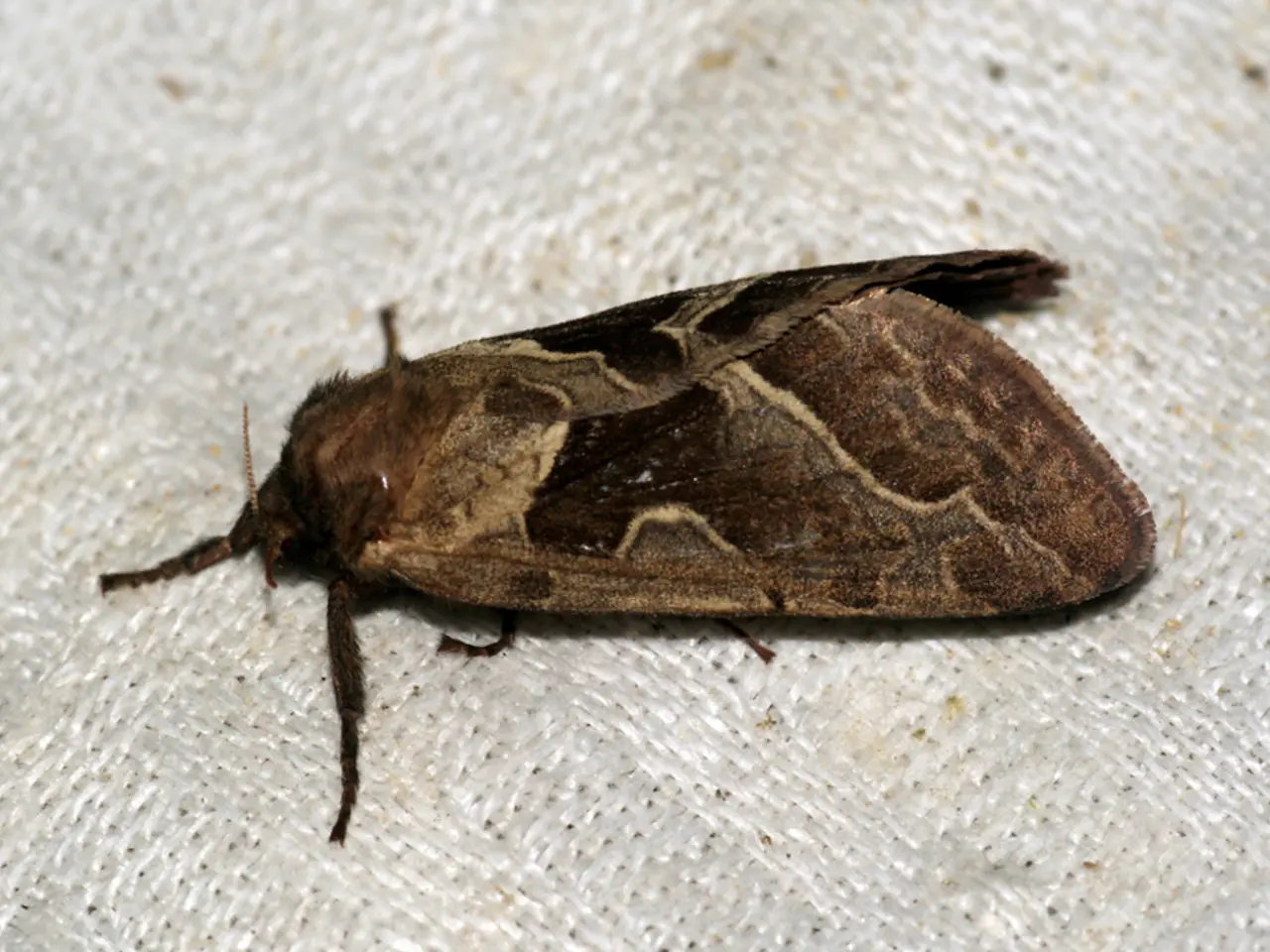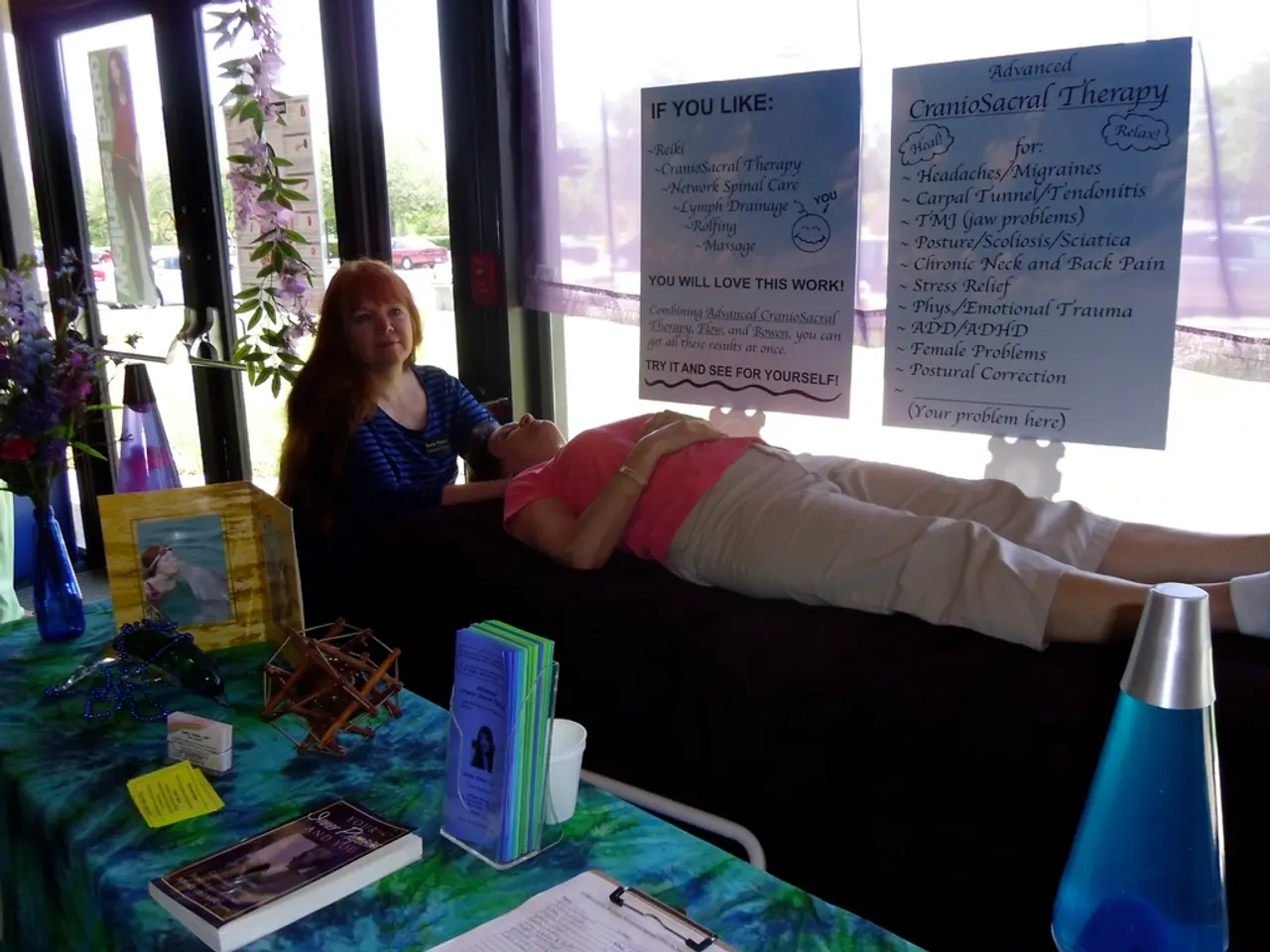Common Scalp Conditions, Symptoms, and Treatments
Hair Disorders: Illustrations, Remedies, and Visuals
Several conditions can affect the scalp, each with distinctive symptoms and treatment options. Here's a summary of some common scalp conditions, their symptoms, and possible remedies.
Seborrheic Dermatitis
This condition presents as red, greasy skin with flaky white or yellow scales and itching. Home remedies include regular gentle washing with medicated or anti-dandruff shampoos containing zinc or ketoconazole, and avoiding harsh products. Professional treatments may involve prescription antifungal shampoos, topical corticosteroids, and medicated lotions.
Scalp Eczema (Atopic Dermatitis)
Dry, itchy, inflamed skin on the scalp characterizes scalp eczema. Home treatment includes using moisturizing shampoos and scalp treatments, while topical steroids and calcineurin inhibitors prescribed by dermatologists are professional treatments.
Scalp Psoriasis
Thick, red, scaly patches, sometimes painful, are symptoms of scalp psoriasis. Home treatment includes moisturizing scalp oils and gentle scalp exfoliation. Professional treatments may involve prescription topical steroids, vitamin D analogs, phototherapy, systemic medications in severe cases, or scalp-specific shampoos.
Tinea Capitis (Ringworm)
Itchy, scaly patches with hair loss and bald spots are symptoms of tinea capitis. Treatment usually requires medical intervention, such as oral antifungal medications, and maintaining a clean scalp to reduce fungal spread.
Dandruff
Dandruff is characterized by yellow or white flakes and itching. Anti-dandruff shampoos with ingredients like salicylic acid, zinc pyrithione can help, while stronger medicated shampoos or topical treatments may be needed for severe cases.
Folliculitis
Inflamed, red bumps around hair follicles are symptoms of folliculitis. Warm compresses and avoiding irritation and tight hairstyles can help at home. Professional treatments may involve antibiotic or antifungal medications depending on the cause.
Hair Loss (Alopecia)
Hair loss can occur due to various reasons, such as androgenetic alopecia or scalp conditions like psoriasis. Treatments vary by cause, ranging from minoxidil and finasteride to corticosteroid injections or hair transplantation.
Cysts
Small, firm lumps under the scalp are cysts. While there are usually no home treatments, medical evaluation and surgical removal may be necessary.
Allergic Contact Dermatitis
Allergic contact dermatitis causes a red, itchy, inflamed scalp due to allergens. Soothing shampoos and avoiding allergens are home remedies. Topical corticosteroids or other anti-inflammatory treatments are professional treatments.
Head Lice
Intense itching and visible lice or nits are symptoms of head lice. Home remedies include using a head lice comb and some over-the-counter medicated shampoos, but professional treatment or FDA-approved medicated products are recommended for effective results.
If experiencing persistent redness, severe itching, hair loss, or scalp pain, consulting a dermatologist is advisable for accurate diagnosis and tailored treatment. This summary synthesizes expert scalp care guides and clinical information up to 2025, reflecting both home care options and professional therapies for common scalp conditions.
[1] National Psoriasis Foundation. (2021). Scalp psoriasis. https://www.psoriasis.org/about-psoriasis/types-of-psoriasis/scalp-psoriasis
[2] American Academy of Dermatology. (2020). Seborrheic dermatitis. https://www.aad.org/public/diseases/a-z/seborrheic-dermatitis
[3] Mayo Clinic. (2021). Scalp psoriasis. https://www.mayoclinic.org/diseases-conditions/scalp-psoriasis/symptoms-causes/syc-20373277
[4] Centers for Disease Control and Prevention. (2021). Head lice: Treatment. https://www.cdc.gov/headlice/treatment.html
[5] American Academy of Dermatology. (2020). Tinea capitis. https://www.aad.org/public/diseases/a-z/tinea-capitis
- Seborrheic dermatitis presents as red, greasy skin with flaky white or yellow scales, itching, and can be treated at home with regular gentle washing using medicated or anti-dandruff shampoos containing zinc or ketoconazole.
- Scalp eczema is identified by dry, itchy, inflamed skin on the scalp, and home treatment may include using moisturizing shampoos and scalp treatments.
- Scalp psoriasis features thick, red, scaly patches that can be painful. Home treatment includes moisturizing scalp oils and gentle scalp exfoliation.
- Tinea capitis, also known as ringworm, shows up as itchy, scaly patches with hair loss and bald spots, necessitating medical intervention such as oral antifungal medications.
- Dandruff is characterized by yellow or white flakes and itching, and anti-dandruff shampoos containing ingredients like salicylic acid or zinc pyrithione can help manage symptoms.
- Folliculitis, causing inflamed, red bumps around hair follicles, may be treated at home with warm compresses and avoiding irritation and tight hairstyles, with professional intervention involving antibiotic or antifungal medications.
- Alopecia, hair loss, can occur due to various reasons, such as scalp conditions like psoriasis, and treatments may vary based on the cause, ranging from minoxidil and finasteride to corticosteroid injections or hair transplantation.




